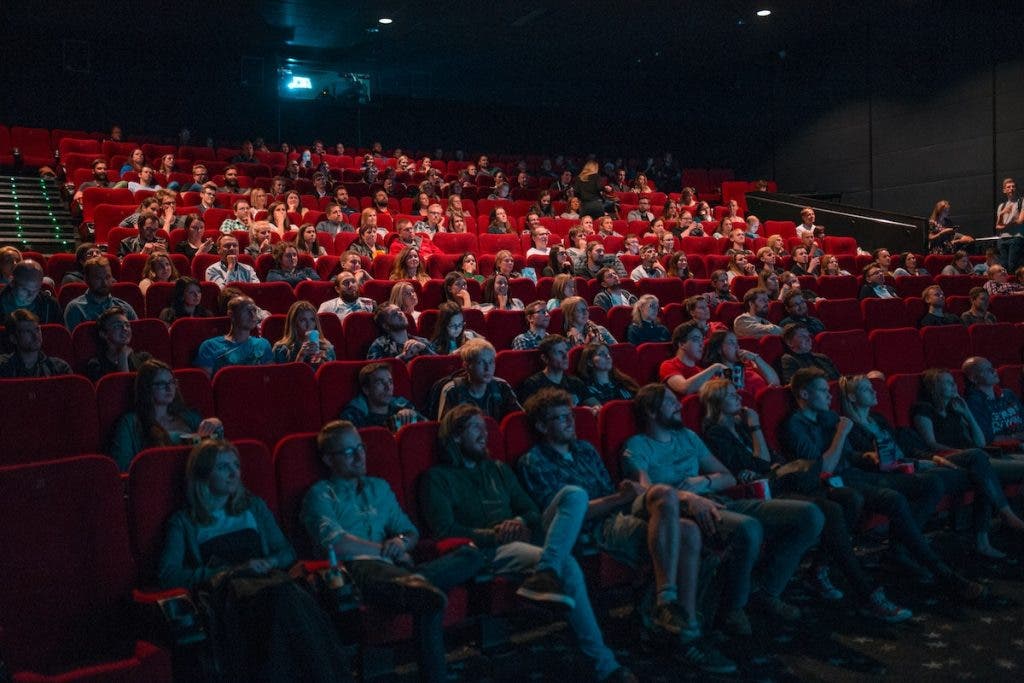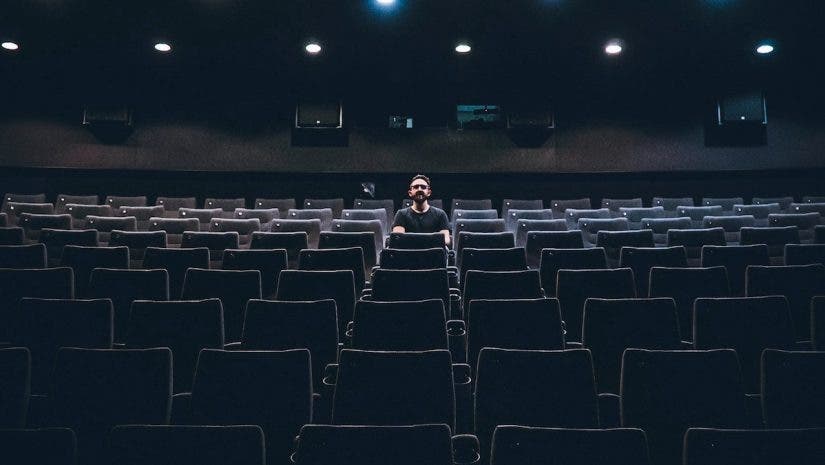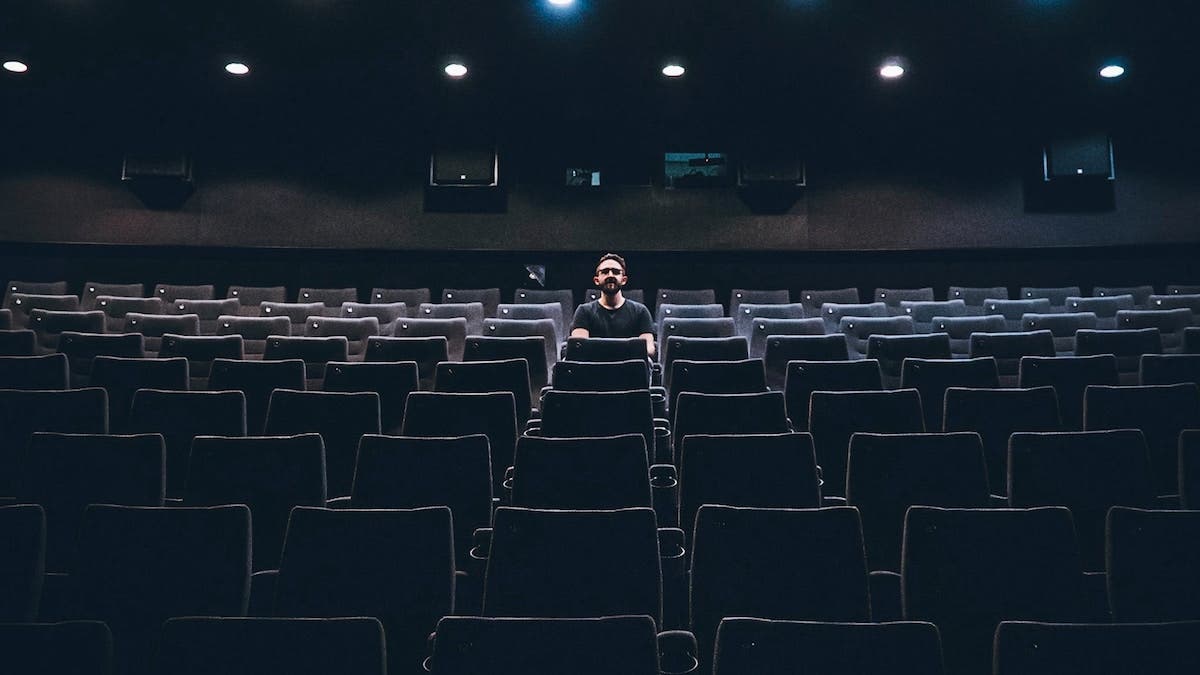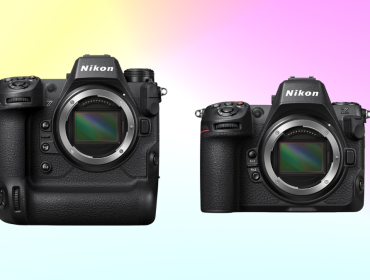Post production begins, as you would expect from the name, once the production phase is over. When the last frame of film has been shot and the director yells “that’s a wrap!” is when post production begins. Post production is often referred to as the final edit of the script. This is an apt statement as an editor can remove what isn’t working, change the order of shots and play with time, and give new meaning to what was first written and then filmed. Once the edit is done, sound, special effects, color grading, and more can add even more meaning to what was put on the page.
What is Post Production?
Post production is the stage in filmmaking when all the interesting stuff happens after the cameras stop rolling. It’s when the footage that was captured during filming is transformed into the final product that we see on screen. During this phase, editors, sound designers, and visual effects artists work together to bring the movie to life. It’s where all the pieces are put together to create a movie that’s ready to be seen by the world. The director will collaborate with each post production department. This is to make sure that the message, tone, and story of the movie are maintained.
Data Management
Data management is really important during post production. It’s all about keeping everything organized and safe. There are a few things that need to be taken care of, like how to get the footage, how to name and tag files, how to back everything up, and how to convert different file formats.

Backing Up the Footage
These days, most movies are shot digitally. This means they need to be transferred from the camera’s memory card to a computer. This can happen in a few different ways but, usually, the footage is copied onto at least two hard drives.
Transferring the Footage
When transferring the footage, using a software like ShotPut Pro ensures that all the drives get every last bit of footage from the card. It confirms there is no chance of having an error due to incorrect copying. Sometimes, people will also use online file-sharing services such as Dropbox, Google Drive, or a proprietary cloud solution to send the footage as well. This ensures that should something to the drives, there is a backup in the cloud.
Tagging the Footage
When many files are involved, it’s important to give them good names and tags so they can be easily identified. This means using names that are descriptive and easy to understand, like “Scene1-Take1” or “Interview with John.” Adding tags to the files can also be helpful, like “EXT” for exterior or “NIGHT” to help categorize everything.
Another important aspect of file management is to make sure the folder structure is clear. Should someone join the project, they should be able to get straight to work without having to figure out where all the files are.
Copying the Footage
There are usually multiple copies of all the files, stored in multiple places, just in case something goes wrong. As mentioned, a best practice is to have copies in several different locations. If you were to have two copies on two hard drives, but they are both in the same location and something happens at that location you could lose all the hard work, time, and massive expense of the production phase. Therefore, it is best to have the back-ups in at least two different locations, and even an extra copy in the cloud.
Archiving the Footage
Once the project is finished, it’s a good idea to store all the files in a safe place, just in case they’re needed again in the future. This is called archiving, and it’s like putting everything in a digital storage locker.
Transcoding the Footage
Finally, sometimes the footage needs to be converted from one file format to another. This is called transcoding. It’s usually necessary when the post production team is working with footage from different cameras or in different formats. The goal is to make everything looks consistent and cohesive, so that it all fits together nicely in the final product.
Transcoding can also include the creation of proxy files. These are files that are lower resolution which allows for easier editing on less powerful computers. After all the editing is completed, the computer will reference the original high resolution files before exporting. Some aspects of post-production, such as color grading, should not be done when looking at the proxy files. This is because you will not get an accurate idea of what the final output will look like.

Video Editing
The editing process is an essential part of filmmaking that brings the movie to life. It involves selecting, arranging, and tweaking footage to tell a coherent and exciting story. The editing process can be broken down into several stages, including assembling footage, visual effects, color correction, and color grading. The editing process requires a great deal of skill and artistry to see what could be done with the footage that might not have been originally planned.
Assembly
The assembly stage of editing is a crucial step in the post production process of filmmaking. It involves selecting and organizing the raw footage shot during production to create a rough cut of the film. This is the initial version of the movie. It sets the foundation for the final product, establishing the pacing, rhythm, and structure of the film. It helps the editor to identify the best takes from the raw footage and find the best way to organize the film’s timeline.
This stage also allows the editor to experiment with different arrangements of shots, sequences, and scenes. Once the director and editor agree that the rough cut is in a good place, the film can move onto the more refined stages of editing.
Visual Effects
Visual effects are added to the film to create a more immersive experience for the audience. They can range from simple things like adding a lens flare, to more complex things like creating a completely digital character. There are many different methods of preparing for visual effects on set in order to give the visual effects team the best footage when compositing live action pieces with digitally created ones, such as green screens. The editor works with the visual effects team to integrate these elements seamlessly into the film.
Color Correction
Color correction is the process of making sure all the footage in the film has a consistent look and feel. The editor adjusts the colors and tones of each shot so that they match and fit the overall aesthetic of the film. This can involve adjusting brightness, contrast, saturation, and other elements to make sure everything looks just right.
Color Grading
Color grading is the final stage of the editing process. It involves giving the film its overall look and feel. In many films this is the work of not only a colorist, but also the director of photography. The director of photography is in charge of the look of the film. This is a crucial stage in the finalizing of that work. Color grading can completely change the look and feel of the film and it is important that the colorist, director, and director of photography see eye to eye.

Sound
Sound design is a crucial part of the filmmaking process. It can enhance the overall audio experience of a film and evoke specific emotions in the audience. It involves creating and manipulating audio elements to ensure consistent quality and immersing the audience in the story. Sound is an often overlooked aspect of filmmaking that has a massive impact on the emotional aspect of a film.
Foley
This is the process of creating or recording sound effects to be used in the film. Foley artists use various props and tools to create sounds that match the actions on screen. For example, they might use a coconut shell to simulate the sound of a horse galloping, or using a hammer and nail to create the sound of footsteps on a wooden floor.
Foley adds depth and realism to the film’s sound and helps to immerse the audience in the story. Jurassic Park had amazing foley, combining several different animal sounds to give the individual dinosaurs their characteristic sounds.
ADR
ADR, or automated dialogue replacement, is a process where actors re-record their dialogue in a studio to replace any unusable or poor quality dialogue recorded on set. This process can also be used to add additional lines or make changes to the script during post-production.
ADR is necessary when there are issues with the original audio, such as background noise or poor microphone placement. It can also be used to fix any issues with the performance, such as line delivery or timing. This is often used in scenes on beaches and noisy cities where the background noise cannot be controlled.
Sound Mixing
Sound mixing involves combining all the audio elements, including dialogue, sound effects, and music, into a final mix. The sound mixer adjusts the volume levels, panning, and EQ to ensure that all the elements blend together seamlessly and create the desired emotional impact. Effective sound mixing can create a cohesive and immersive audio experience, enhancing the overall quality of the film. It can also establish the tone and mood of the film and create a sense of space and atmosphere. This is an important aspect that gives all the different audio the correct feel in relation to each other, as well as to the scenes and film in general.
Sound Mastering
Sound mastering is the final step in audio process. It involves preparing the audio for its final delivery format, such as theaters or streaming platforms. The sound mastering engineer ensures that the audio is optimized for the specific format and consistent across all platforms, providing a uniform experience for the audience.
During mastering, the sound engineer checks for any technical issues, such as distortion or inconsistencies in volume, and corrects them. They also make any final adjustments to the EQ, compression, and levels to create a final mix that meets the film’s creative goals. It’s an essential step in the post-production process and requires a skilled engineer who understands the specific requirements of different delivery formats and can create a mix that is optimized for each platform.

Reviewing
Assembly Cut Review
Post-production involves several cuts and review processes to ensure that the final product meets the creative goals of the filmmakers. One of the first cuts, as mentioned above, is the assembly cut, which is a rough cut of the film that includes all the footage shot during production. The assembly cut allows the filmmakers to get a sense of the story and identify any issues with pacing or structure.
Rough Cut Review
After the assembly cut, the editor creates a rough cut, which is a more refined version of the film. This cut includes select takes and scenes, and the editor begins to add visual effects and music.
Fine Cut Review
The next stage is the fine cut, which includes more refined visual effects and sound design. The fine cut is closer to the final version of the film. Itallows the filmmakers to make final adjustments to the pacing, structure, and visual effects.
Picture Lock
Finally, the picture lock is the stage where the film is finalized, and no further edits or changes are made. After the picture lock, the film goes through a review process. This is when the filmmakers and other stakeholders view the final product and provide feedback. This feedback can result in additional changes before the film is ready for distribution.
Review Process
During the review process, the team members involved in the post-production process, including the director, director of photography, editor, colorist, and more review the footage, make necessary edits, and provide feedback on each other’s work.
- The director of photography and the director may review the footage to ensure that the desired visual style and composition are achieved.
- The editor reviews the rough and fine cuts to ensure that the pacing and structure of the film are on track with the creative vision.
- The colorist reviews the color grading to ensure that the film’s visual tone is consistent and complements the overall storytelling.
Throughout the review process, the team members communicate and collaborate to ensure that the final product meets their collective creative goals. This review process is critical to the success of the film as it allows the team members to provide feedback and make necessary changes before the film is finalized. It ensures that the final product meets the creative vision and is of the highest quality possible.
Client and Distributor Review
The client and distributor review process ensures that the film meets their specific requirements and standards. The client review typically involves the filmmakers presenting the final product to the client, who may be a production company or studio. They provides feedback on the film and requests any necessary changes to ensure that the film meets their expectations. The filmmakers work to implement these changes before the final product is delivered.
The distributor review is the process where the final product is reviewed by the distributor, who may be a movie theater or streaming platform. The distributor ensures that the film meets their technical specifications and requirements for distribution. They may also provide feedback on the film’s content, marketing, and distribution strategy.
Packaging
Film packaging in cinema refers to the process of preparing a film for distribution to theaters. It involves creating a version of the film that meets technical specifications required by cinemas, such as resolution, aspect ratio, and sound quality. The packaging also includes trailers, posters, and other promotional materials that are used to market the film to the audience. Packaging is a crucial part of the film distribution process as it ensures that the film is delivered to the cinemas in the right format and quality, allowing it to be presented to the audience in the best possible way.
Transferring the Film
The process of transferring a film to distributors during the packaging process can vary depending on the format of the film. In the past, films were typically distributed on physical film reels, which had to be physically transported to cinemas and other venues. However, in the digital age, most films are distributed using digital files. These files can be securely transferred over the internet or delivered on physical hard drives or other storage devices.
Marketing the Film
The marketing of a film is crucial to help audiences know that the film is coming out. Many excellent movies had terrible box office releases because they were marketed incorrectly or because the marketing budget was too low to get enough people interested in the film.
The marketing process begins by identifying the target audience for the film. This includes understanding the demographic, interests, and behavior of the audience and tailoring the marketing campaign to appeal to them. The next step is to create marketing materials such as trailers, posters, and other promotional assets. These materials are designed to capture the attention of the target audience and generate buzz around the film.
Launching the Marketing Campaign
Once the marketing materials are ready, the campaign can be launched. This may involve advertising the film through various channels such as social media, television, print media, and outdoor advertising. The marketing team will also work to secure coverage for the film in the press and media.
Throughout the campaign, the marketing team will monitor the performance of the campaign. They will make adjustments as needed to ensure that the film is getting the maximum exposure possible. Marketing is the vehicle that helps a film generate revenue and a return on the investment for the investors.

Conclusion
The post production phase is a critical part of the filmmaking process that allows filmmakers to refine and enhance their vision for the final product. It allows filmmakers to bring their vision to life in a way that is not always possible during the production phase. For example, visual effects and sound design can be added to enhance the mood and tone of the film, while color grading can help to establish a visual style and aesthetic.
In addition, the post production phase is also an opportunity to refine the narrative and pacing of the film. This involves making editing decisions to create a cohesive and engaging story that captures the audience’s attention. Post production is the last edit of the story and can make or break the original ideas and themes of the film.






